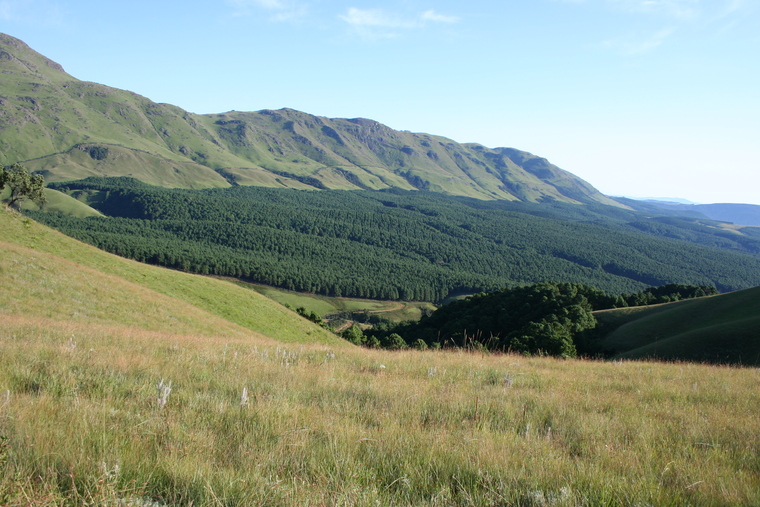Forestry’s conservation legacy
Did you know that timber plantations in South Africa were originally established to provide an alternative timber source to prevent the felling of indigenous forests for their timber?

WHILE the forestry industry is often criticised for not having conservation at heart, did you know that timber plantations in South Africa were originally established to provide an alternative timber source to prevent the felling of indigenous forests for their timber.
The governors of the Cape realised the indiscriminate felling of the southern Cape forests was unsustainable and thus the Department of Forestry was established to control the forests.
In so doing, the few natural forests in South Africa were protected from further deforestation.
After the arrival of the Dutch in 1652, the settlers moved east up the coast and discovered the Outeniqualand (George and Knysna) forests in 1710.
European settlement started in the middle 1700s when the pioneers moved into Outeniqualand to farm, fish and cut timber.
The Dutch East India Company extended its control over the forests in the 1770s and 1780s by establishing woodcutter posts at George and Plettenberg Bay.
The settlers cut timber from the forest for building, carts and wagons, and later railway sleepers and mining struts.
Portions of forest, bush and shrub land were also cleared for crops and grazing.

Formal conservation
The first formal attempts to protect the forests were made in the 1780s, but it wasn’t until 1880 that the first forest management initiatives, based on modern forest science, were introduced.
This culminated in the single-tree selection system of Laughton whereby individual trees were selected for felling as opposed to blanket clearing of a forest section.
Periodically, from 1846 to 1876, the government sold portions of the forests (some were worked out) as forest lots to private owners who used the land for farming and/or woodcutting purposes.
Some of the larger forests in Knysna still in private hands were obtained during this period.
Besides the commercial plantations, about 25% of the country’s remaining natural forests are conserved on forestry-owned land.
One of the biggest myths surrounding the forest industry is based on the assumption that forestry-owned land are green deserts, comprising solely of thousands of hectares of non-indigenous tree species, devoid of all other life.
In reality, the forestry landscape in South Africa is far more complex than this.
Each timber compartment is dominated by a single tree species, but this is far from the truth. When looked at on a landscape level the forestry-owned land is far from barren.
Observations and research has found them to be representative of the local biodiversity.
Around 30% of the forestry-owned land is unplanted.

Biodiversity targets
When actively and properly managed, this network of natural areas contributes towards South Africa’s biodiversity targets.
Through these efforts forestry-owned land contributes towards the conservation of the country’s natural forests, grassland ecosystems with their associated vital wetland systems, as well as some of South Africa’s most treasured natural tourist attractions.
Now protected by law, the natural forests in the care of forestry bodies are carefully managed to ensure that alien invasive plant species are controlled and forest margins are protected from the impacts of fire, pests and disease.
Forestry also understands that all natural ecosystems found on forestry-owned land need conserving.
These include the important grassland and fynbos elements which the timber plantations have to some extent replaced.
On average, 30% of forestry-owned land remains unplanted, which, when well managed, allows for the conservation of natural ecosystems and important species.
These natural ecosystems cover upwards of 300 000ha and form a critical network of natural vegetation and conservation areas between the planted areas.
They are home to an array of plant, mammal, bird, reptile, amphibian and insect species, as well as a number of rare, endemic and endangered species.
Partnerships
The forestry industry is proud of the conservation partnerships formed with individual researchers, NGOs, academic institutions and other research facilities.
These increase the industry’s knowledge and understanding of natural ecosystems, their inhabitants and their management requirements.
It is through this collaboration that forestry is able to better conserve these natural habitats and contribute to our collective South African conservation legacy.
(SOURCE: Forestry South Africa and World Forestry Conference 2016)
HAVE YOUR SAY
Like our Facebook page and follow us on Twitter.
For news straight to your phone invite us:
WhatsApp – 072 069 4169
Instagram – zululand_observer

